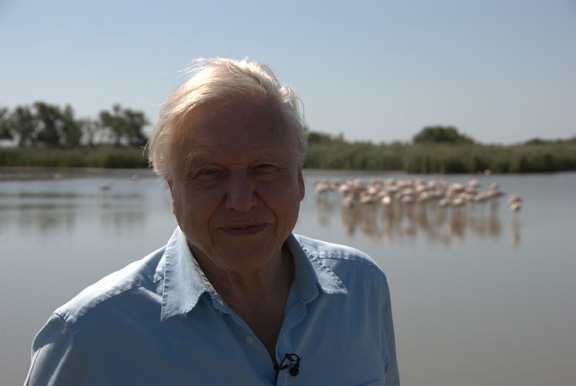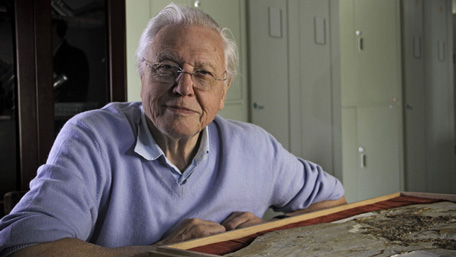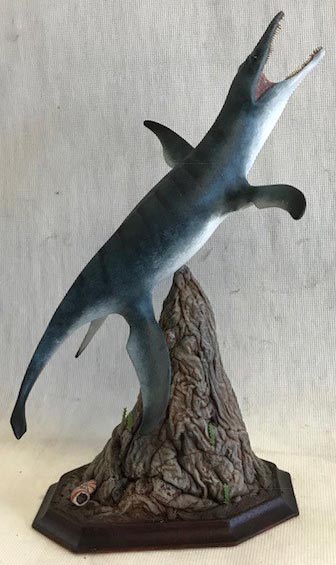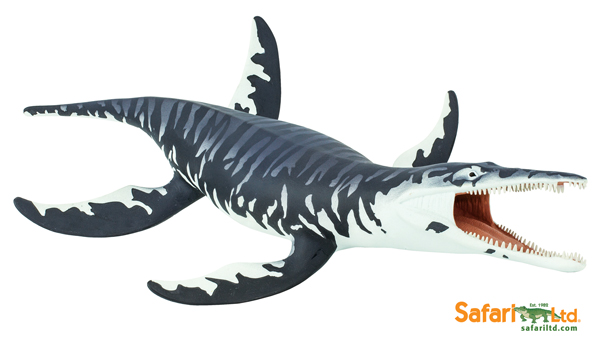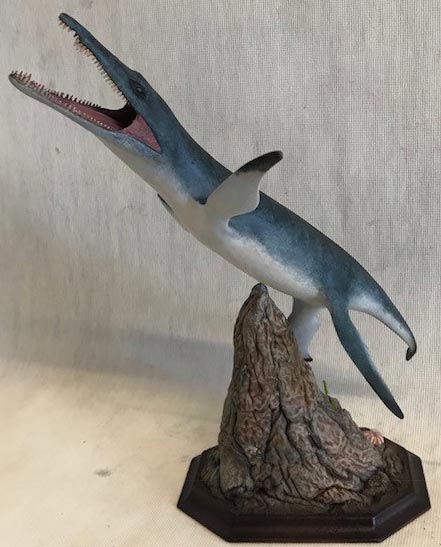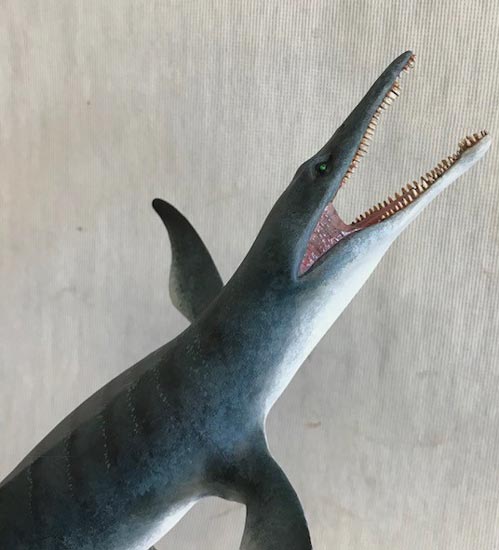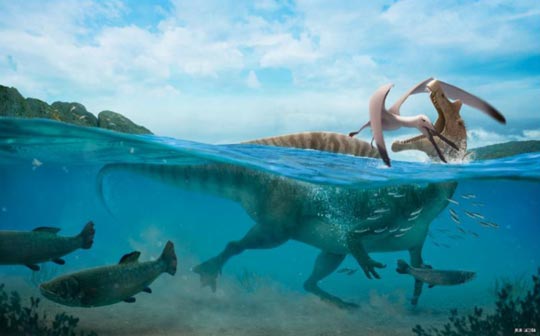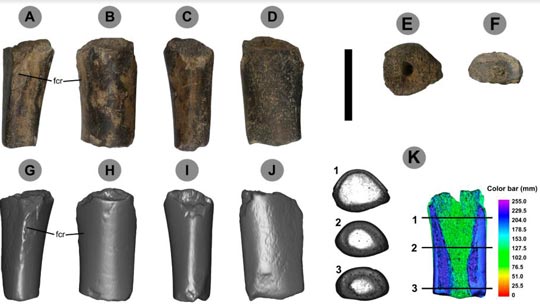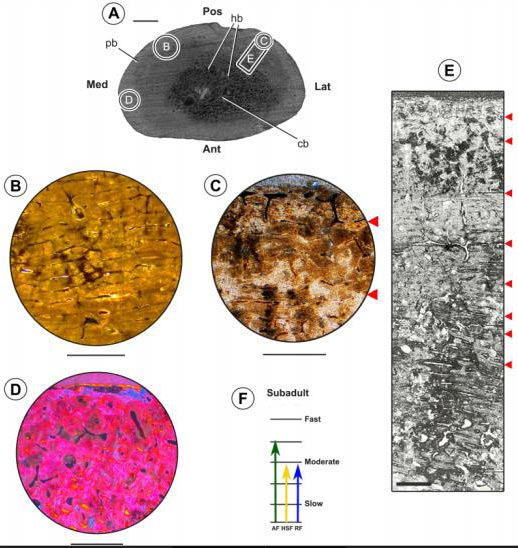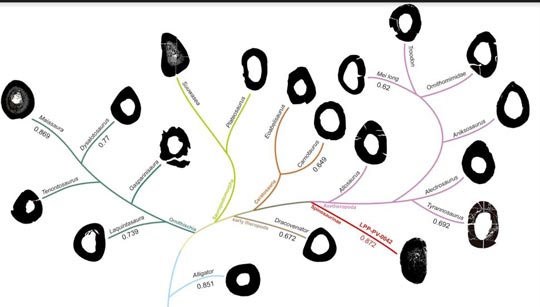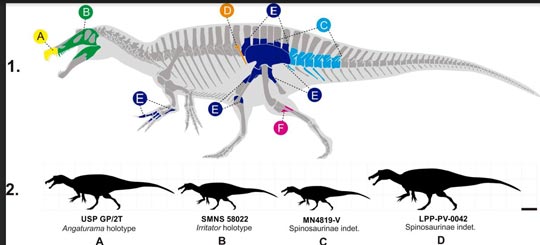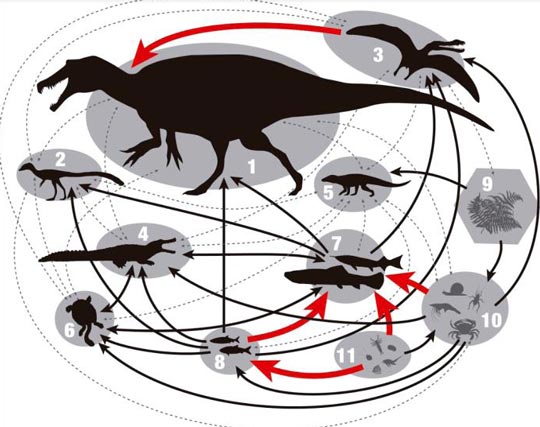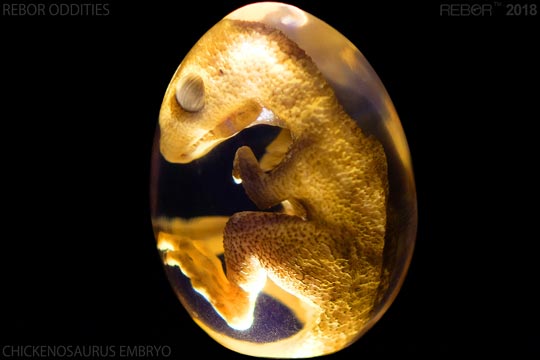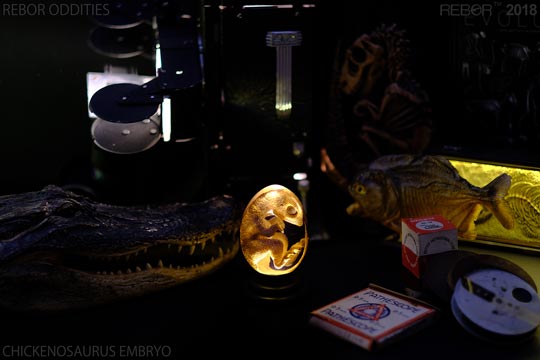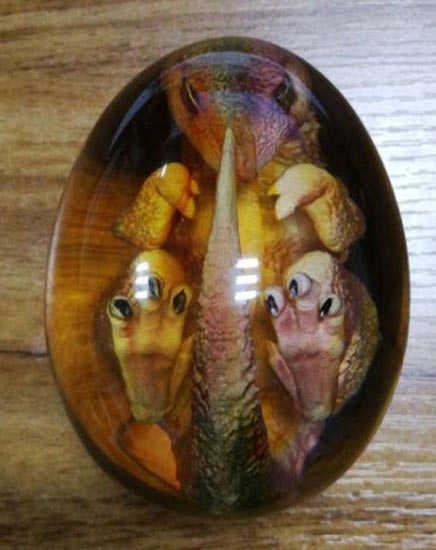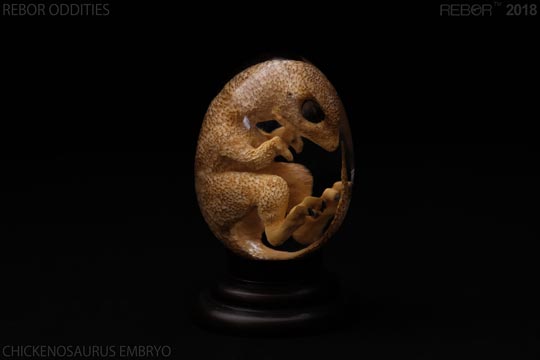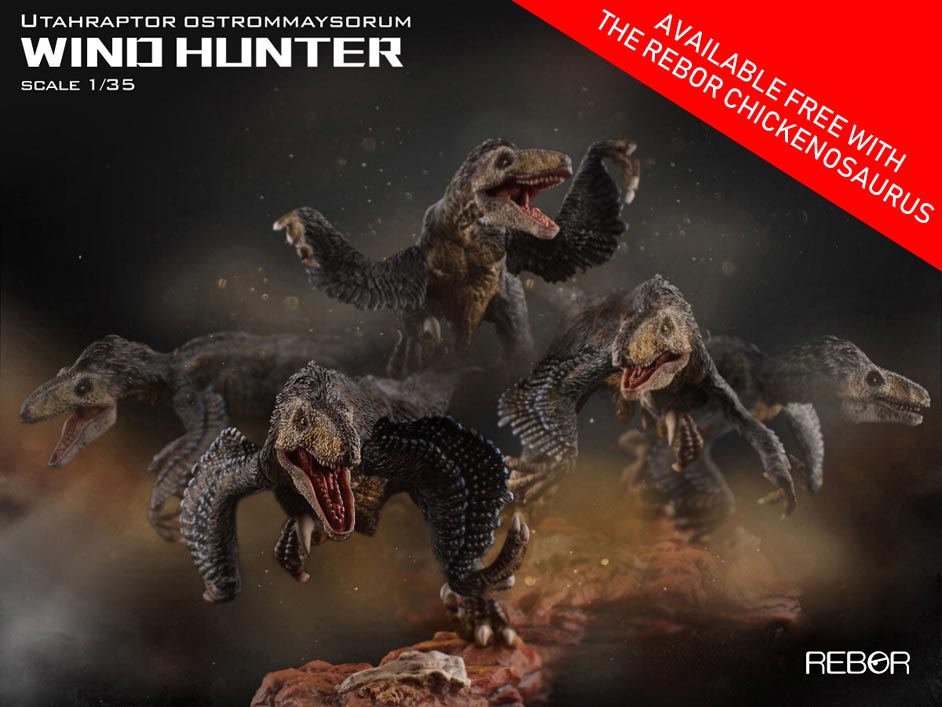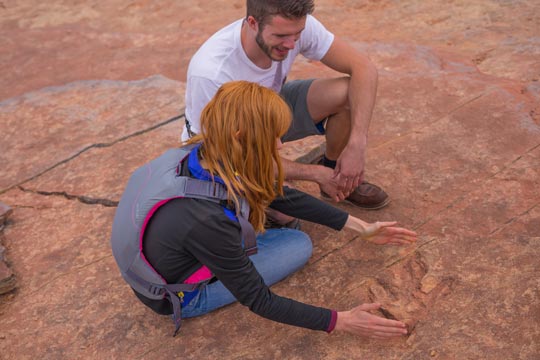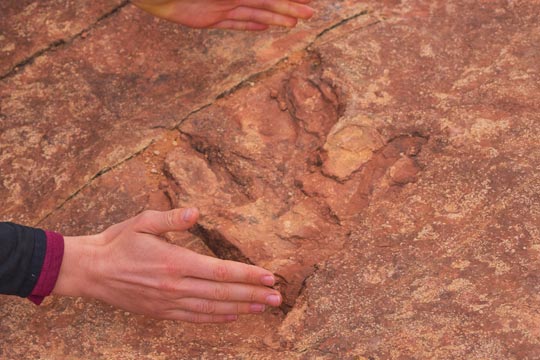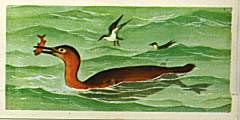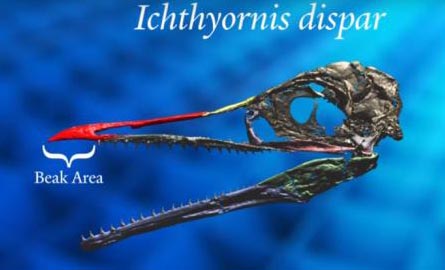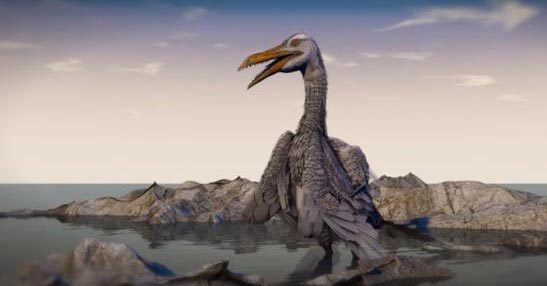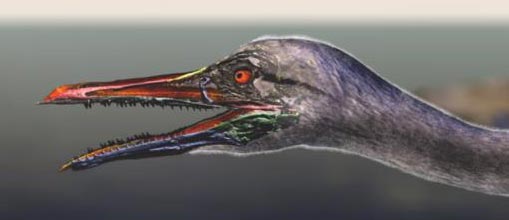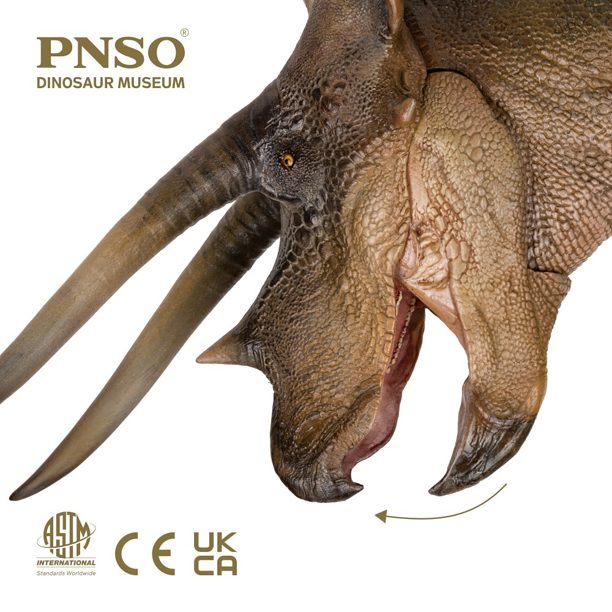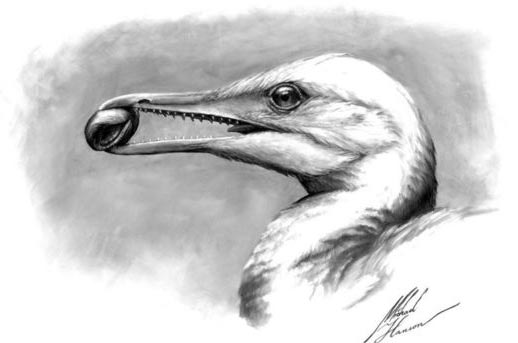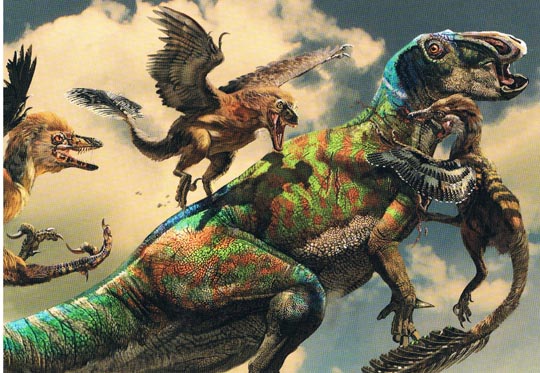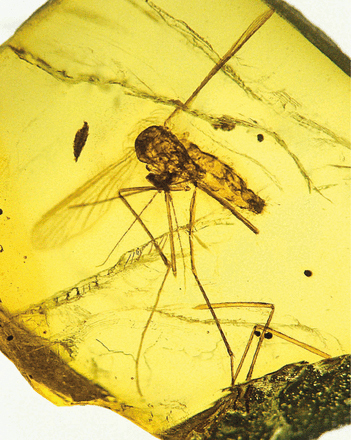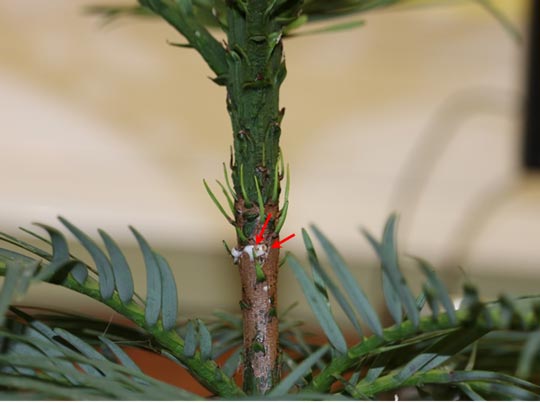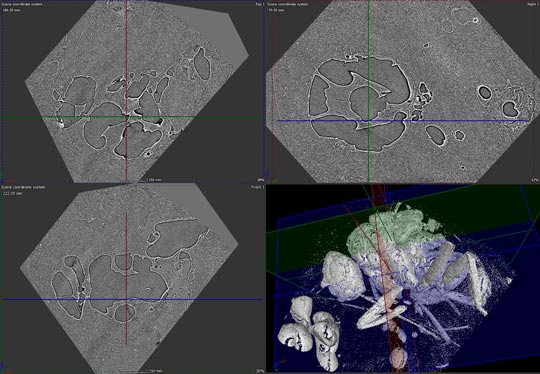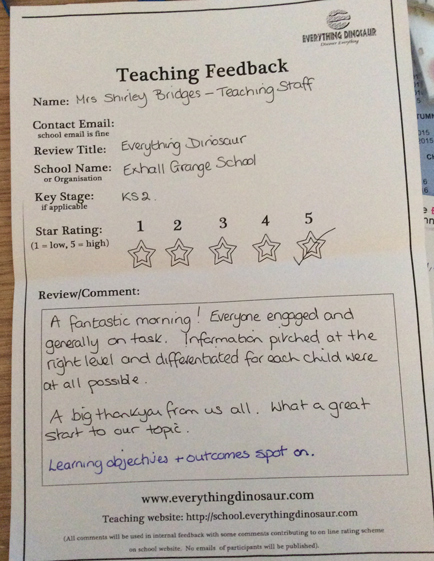A Remarkable Weather Forecast from the Cambrian
Tiny Fossils Provide Clues to Earth’s Climate 500 Million Years Ago
A joint team of scientists from France and the UK, have plotted the temperature of our planet’s oceans over half a billion years ago using a combination of fossil data and computer-based climate models. Think of it as a sort of weather forecast from the Cambrian.
A Cambrian Climate Study
This newly published research suggests that the first hard-bodied animals diversified in warms seas, heated by a greenhouse world. The team’s findings help to expand our knowledge of the environment at the time of the Cambrian explosion, a period in Earth’s history that saw a huge increase in the number and type of marine animal forms.
Life in the Late Cambrian Period
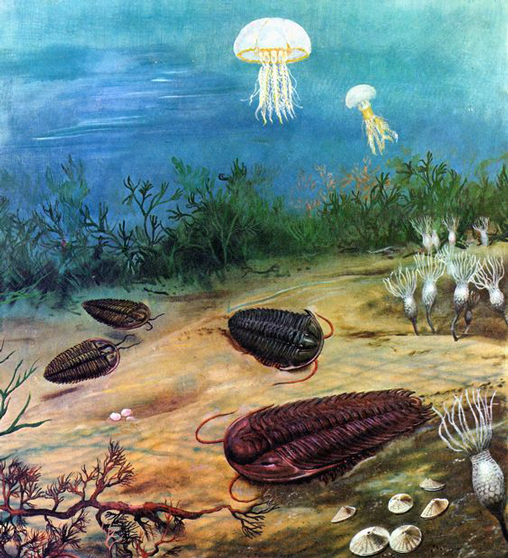
Picture credit: Zdeněk Burian
Writing in the academic journal “Science Advances”, the scientists, led by researchers from the University of Leicester, used climate models and the chemical analysis of tiny, shelly fossils preserved in limestone from Shropshire (central England), to calculate the sea temperature during a time of rapid diversity of animal life in the Palaeozoic.
From around 540 to 510 million years ago, the fossil record shows a marked change, as during this period of Earth’s history, virtually all of the animal phyla (including the Chordata – our phylum) appeared. The idea of a “Cambrian explosion” is a little misleading, the appearance of many new forms of complex animal life may have been gradual, but in terms of the fossil record, sites such as the famous Burgess Shale of British Columbia and Yunnan Province (southern China), have revealed extensive and varied marine ecosystems with large numbers of new types of animal being recorded in the strata.
Analysis of Some of the First Shelly Fossils
Scientists had thought that for much of the Cambrian, our planet was warmer that it is today with no polar ice caps present. A study of tiny 1 mm long fossils of some of the first animals to produce a hard, shelly exoskeleton has confirmed this hypothesis. Analysis of isotopes from the tiny shells in combination with the climate models show that at high latitudes (around 65 degrees south), sea temperatures were in excess of 20 degrees Celsius.
This might seem very warm, especially when you consider that this is an evaluation of sea temperatures at approximately 65 degrees south, today, travelling to that latitude would put you on the southernmost fringes of the Southern Ocean and close to Antarctica. However, the data generated is similar to more recent, better understood, greenhouse climates such as that of the Late Cretaceous.
Reflected Light Microscopy – Brachiopod Fossils Used in the Study
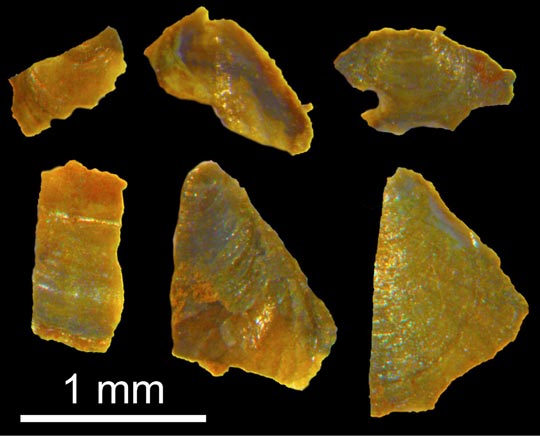
Picture credit: Leicester University
Analysing Isotopes
Co-author of the open access paper, PhD student Thomas Hearing (University of Leicester’s School of Geography, Geology and the Environment), explained:
“Because scientists cannot directly measure sea temperatures from half a billion years ago, they have to use proxy data, these are measurable quantities that respond in a predictable way to changing climate variables like temperature. In this study, we used oxygen isotope ratios, which is a commonly used palaeothermometer. We then used acid to extract fossils about 1 mm long from blocks of limestone from Shropshire, UK, dated to between 515 – 510 million years old. Careful examination of these tiny fossils revealed that some of them have exceptionally well-preserved shell chemistry which has not changed since they grew on the Cambrian sea floor.”
High Resolution Scanning Electron Microscope (SEM) Images of Brachiopod Fossils Used in the Study
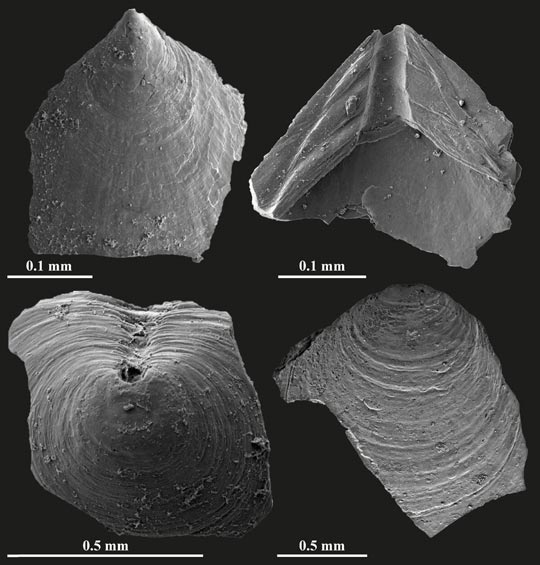
Picture credit: Leicester University
For models and replicas of invertebrates, including trilobites and other Cambrian animals: CollectA Prehistoric Life Models and Figures.
Identifying Chemical Signatures in Cambrian Fossils
Dr Tom Harvey (University of Leicester) added:
“Many marine animals incorporate chemical traces of seawater into their shells as they grow. That chemical signature is often lost over geological time, so it’s remarkable that we can identify it in such ancient fossils.”
Analyses of the oxygen isotopes of these fossils suggested very warm temperatures for high latitude seas (~65 °S), probably between 20 °C to 25 °C. To see if these were feasible sea temperatures, the researchers carried out climate model simulations for the Cambrian. The climate model scenarios suggest that the Earth’s climate was in a “typical” greenhouse state, with temperatures similar to more recent and better understood greenhouse intervals known from the Mesozoic and the Cenozoic eras. Ultimately, this study will help to expand our knowledge of the ecosystem that existed during the Cambrian.
The Highly Fossiliferous Comley Limestones (Shropshire, UK)
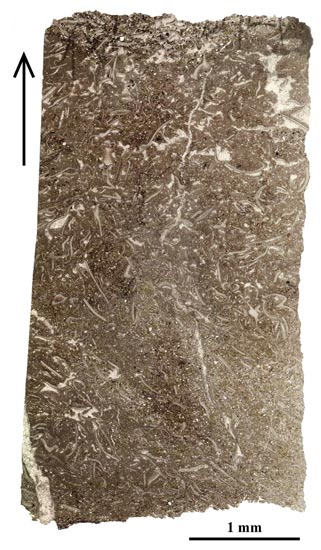
The curves and white wavy lines in the photograph (above), are preserved exoskeletons of numerous trilobites.
Thomas Hearing concluded:
“We hope that this approach can be used by other researchers to build up a clearer picture of ancient climates where conventional climate proxy data are not available.”
The research was carried out as an international collaboration involving scientists from the University of Leicester (UK), British Geological Survey (BGS; UK), and CEREGE (France).
Everything Dinosaur acknowledges the help of Leicester University in the compilation of this article.
Visit the Everything Dinosaur website: Everything Dinosaur.


